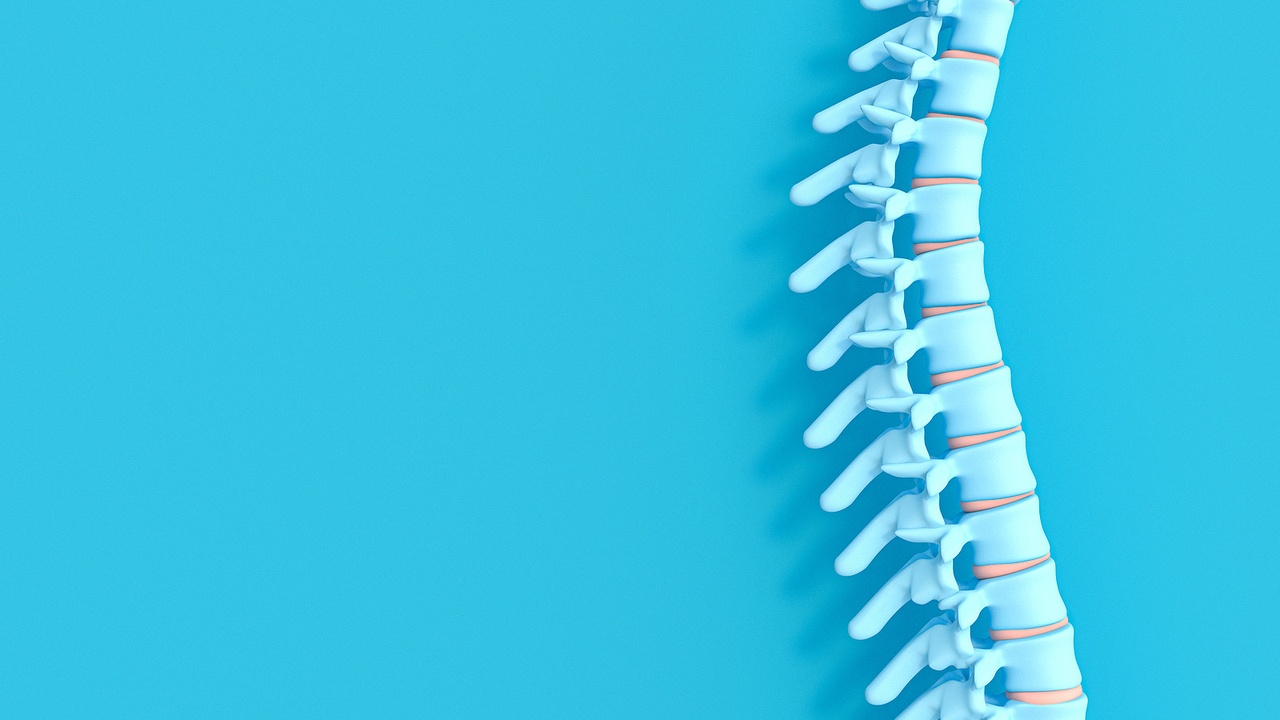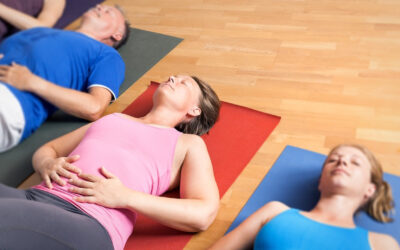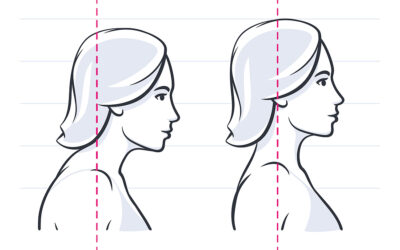In case you missed my article in the Los Alamos Daily Post it is reprinted below.
Several painful back conditions – stenosis, disc bulge or herniation, spondylolisthesis and sciatica – are due to improper spinal alignment.

Proper Spinal Alignment
Consisting of 33 bones called vertebrae the spine preforms a delicate balancing act. The top eight vertebrae create the cervical spine, the next 12, the thoracic spine, and the lower 5, the lumbar spine. At the base of the spine are the sacrum and coccyx which are segments of fused vertebrae.
The spine has three main curves. A forward or aching curve in the cervical and lumbar spine and a backward or rounding curve in the thoracic spine.
Between each vertebrae with the exception of the very top of the spine are cartilaginous discs that act as shock absorbers, joints with limited movement and ligaments holding the vertebrae in place. These discs are often likened to a jelly donut with a vertebrae above and below a spongy center.
Nerves exit from within the space between each of the vertebrae. From the spine these nerves branch and extend throughout the body.
The Cause of Low Back Pain
Back pain can result from increased pressure on the spinal nerves. This pressure can be caused by a narrowing of the space between the vertebrae by bone spurs, calcium or the vertebrae itself which has slipped. The pain of stenosis and spondylolisthesis are due to these causes.
Disc material from a bulging or herniated disc can also put pressure on the nerves causing pain in the back itself or pain that runs down the leg as experienced with sciatica.
Regardless of the name given to the back pain the cause is the same, an improperly aligned spine which is applying pressure on the nerves. In the examples of lower back pain above the lumbar portion of the spine has either lost its arch and become flat or gone in the opposite direction into an exaggerated lumber curve.
Relieve the Pressure by Realigning the Spine
To regain the space between the vertebrae and allow the discs to return to a neutral position between the vertebrae the natural curve in the lower back must be re-established. Muscles create the posture of the spine and position of the vertebrae. Addressing the muscle imbalances that are pulling the spine out of position will bring relief. The spine is connected from top to bottom and if the lumber vertebrae are misaligned the upper sections of the spine will also be impacted to compensate. Excessive lumbar arch is often paired with increased thoracic rounding to balance the skeleton. Successful treatment will address the curves of the whole spine.



